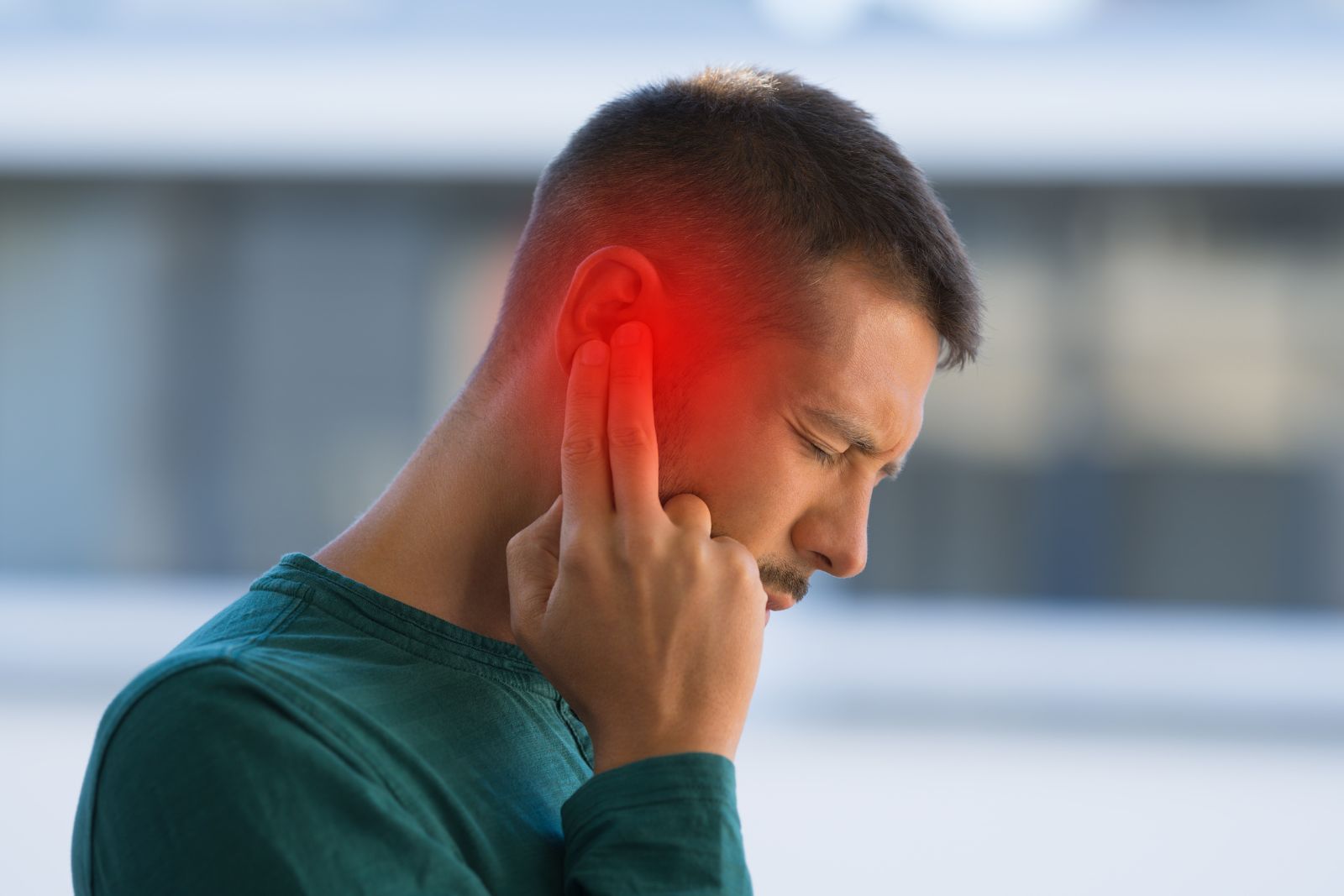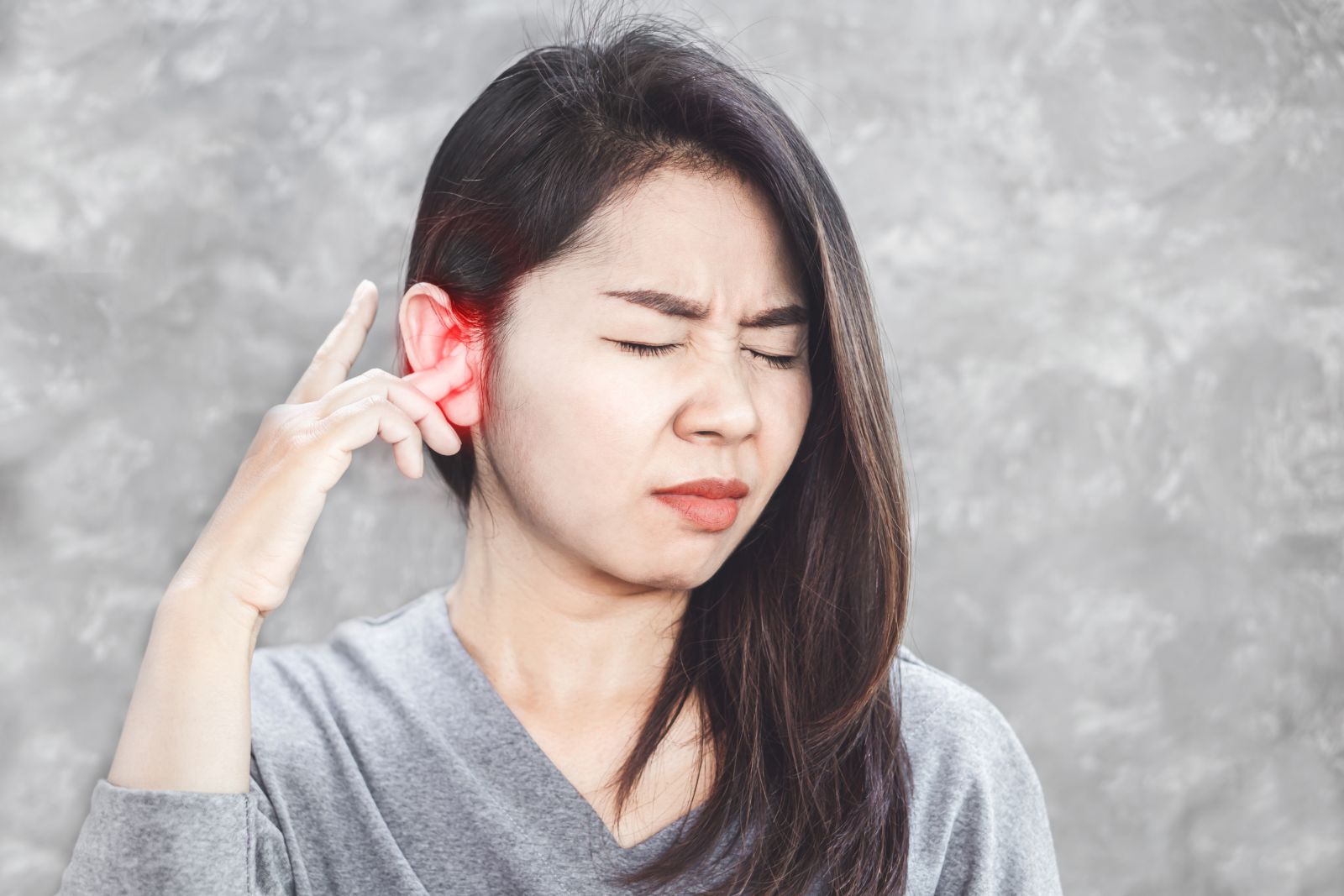Together, Let’s Cut Through the Confusion
Q: It sounds like over-the-counter hearing instruments are going to be available soon, but aren’t they already here? I’ve seen various devices advertised, so I’m confused. Help!
A: From over-the-counter hearing aids and personal sound amplification products to self-fitting and direct-to-consumer devices, the growing categories of hearing technology can feel overwhelming. Let’s explore the differences to help you sort fact from fiction and secure the best care for your hearing health.
Over-the-Counter Hearing Aids
These devices, often simply called “OTCs,” are specific to the United States. They’re an upcoming new class of hearing instruments to be approved and regulated by the U.S. Food and Drug Administration and are aimed to potentially help adults with perceived mild to moderate hearing loss.
The regulations are still being finalized but are expected in the not-too-distant future. Though their availability may spur more people to get needed hearing help, OTCs have some potential downsides beyond being limited only to adults with perceived mild to moderate hearing loss:
- OTCs may not always yield a successful fit — more of a trial-and-error process.
- They might not align with one’s actual degree of hearing loss, which could be greater than perceived.
- The self-treating aspect potentially omits a professional diagnostic evaluation that can pinpoint the problem and yield a critical solution.
Personal Sound Amplification Products
Also known as “PSAPs,” personal sound amplification products are wearable electronic devices used only to make a sound louder. Unlike traditional hearing aids or even OTCs, they’re not considered actual medical devices.
Though potentially helpful in normal hearing to amplify sounds in situations such as watching TV, listening for animals during outdoor recreation, or hearing a presenter who’s speaking some distance away, PSAPs can’t take the place of properly fit hearing aids.
In fact, PSAPS:
- Aren’t recommended to treat actual hearing loss
- Could cause hearing damage or aggravate existing damage with misuse or overuse
- Can amplify sounds but typically can’t adjust to the user’s specific hearing loss
- Bypass the crucial steps of professional testing, programming, fitting, and follow-up
Self-Fitting Hearing Aids
Industry definitions may vary, but self-fitting hearing aids (SFHAs) are essentially sound-amplifying devices designed to let the user measure their own hearing loss, install the devices in their ears, and program them without the prescription or assistance of an audiologist, medical doctor, or other specially trained professional.
As a relatively newer product category without a lot of market presence, self-fitting hearing aids have a ways to go in matching the effectiveness and satisfaction of clinician-fitted hearing devices. One study comparing user-driven and provider-driven fittings of a single self-fitting product found no significant hearing-aid-performance differences between the two groups but saw that cognition plays a big role.
In the study, those “with poorer cognitive function consistently exhibited more difficulty in handling the” self-fitting devices. SFHAs require access to, familiarity with, and the ability to understand how to operate and adjust the devices, which could prove challenging for some users struggling with manual dexterity, visual acuity, cognitive issues, or inability to navigate or access computers or apps.
Seeking professional assistance could make all the difference in user satisfaction with SFHAs.
Direct-to-Consumer Devices
Direct-to-consumer instruments or DTCs are largely synonymous with the impending category of over-the-counter hearing aids FDA-approved in the U.S. and are considered medical devices to help address mild to moderate hearing loss among adults.
Sometimes, however, DTCs may simply refer to sound amplifiers available for purchase without a hearing care professional’s prescription. They’re more like PSAPs and aren’t considered medical devices. Clarifying with the source who’s using the term can shed light on the intended definition.
Hearables
This loose category of products also defies a single definition but may best be described as representing wireless in-ear microcomputers. Some hearables are as simple as earbuds that enhance your music-listening experience. Others are hearing aids that double as sophisticated wellness trackers.
Some features you’ll commonly find in different hearables.
- Connectivity — sync to a smartphone, tablet, or smart-home device.
- Biometric tracking — track your steps, your heart rate, or even your running pace with sensors embedded in the device.
- Improved sound quality — benefit from some of the technology driving today’s sophisticated hearing aids, including noise-canceling capabilities.
- Translation — have another language translated to your own language in real time.
With so many potential self-serve options, you might wonder, “Why choose professional hearing care?” One big reason is the importance of identifying and addressing hearing problems in a way that ensures an appropriate targeted solution for your specific needs.
Self-treating for hearing problems could result in missing key steps, such as a physical exam of your ears. Hearing difficulties can stem from severe earwax buildup, medication, a tumor, or other causes that a professional examination might uncover. Though it may seem convenient, simply buying an OTC might not solve the problem that spurred your search for hearing help.
Are hearing difficulties getting in the way of what matters in your life? Do you need support navigating the plethora of better-hearing options? We’re here to help, so don’t wait. Contact our highly trained team to schedule an appointment day!



